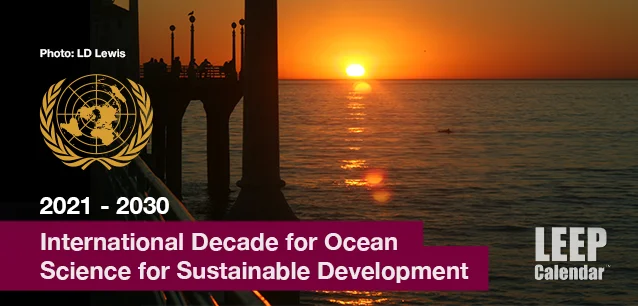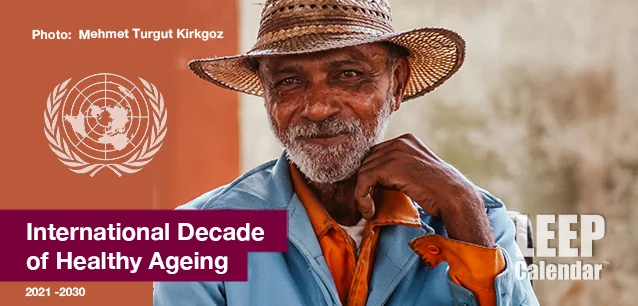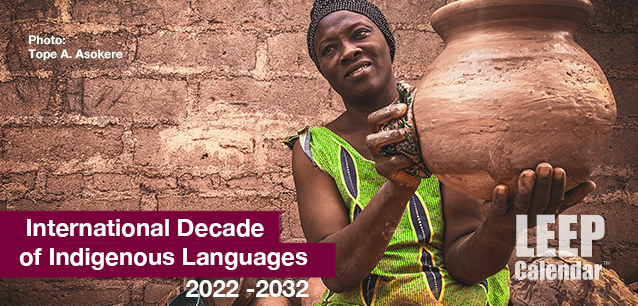 AD
AD
Today is: December 09
Scroll to explore events active on this date.
LEEP INK FEATURES

August? Absolutely!
In August, we live through the Dog Days of Summer. It's hot and often humid, and those who can leave for better climates do. Down south, winter is in full force. August is also known as "the ...

In The Heat of July: July 2025 Events
Is it hot enough (or cold enough if you're below the equator) for you yet? There is actually a day for that! Like every month, I pick a diverse collection of events you may or may not know about. This ...

May Blooms: Events in May 2025
Along with October, May is one of the most densely packed months of the year. It's before the summer humidity and the last whole month of the school year. The weather is warming in t...
About Hip Dysplasia Awareness Month
Children , Australia
Ends: Jun 30, 2023
DESCRIPTION:
Eight infants a day are diagnosed with hip dysplasia in Australia. Despite this, the likelihood of a parent being aware of the condition is only 57 percent. This limited awareness contributes to the rising number of those diagnosed late with this potentially life-changing condition.
Hip dysplasia, or developmental dysplasia of the hip (DDH), occurs when the ball and socket do not fit together in their 'normal' position. Sometimes this is due to abnormal development and lack of hip joint growth. It can result in months — and sometimes years — of medical treatment. Left undiagnosed, it's one of the leading causes of early-onset arthritis of the hip and, possibly, the need for a hip replacement; it is a significant public health issue. Treatment is optimized when diagnosis occurs within the first three months of life.
During International Hip Dysplasia Awareness Month, parents and parents-to-be are urged to educate themselves about the risk factors for and potential signs of hip dysplasia, and to ensure their children's hips are checked not only at birth but at 1-4 weeks, 6-8 weeks, 6-9 months, 12-months, and then at regular health reviews until 3.5 years of age.
VIDEOS
Currently, this event does not have supporting videos.
SUPPORTING DOCUMENTS
Currently, this event does not have supporting documents.
ADDITIONAL IMAGES
Currently, this event does not have supporting images.
Where would you like to go now?
 AD
AD

































































/footer-logo.svg)
